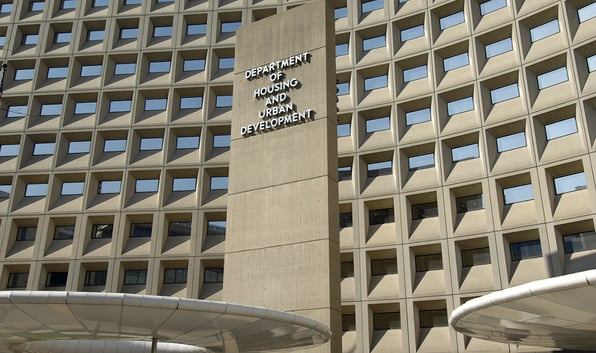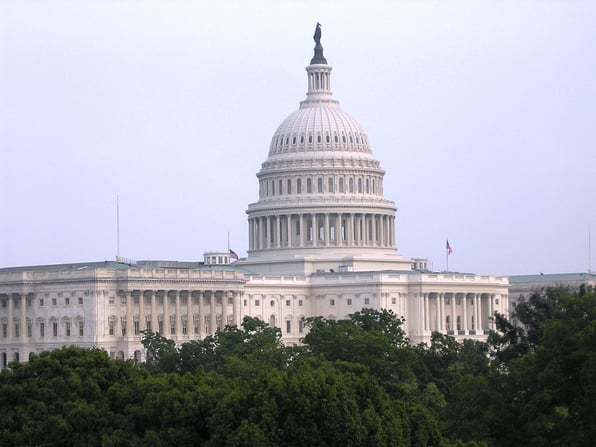The U.S. Department of Housing & Urban Development (HUD) released updates to the Federal Housing Administration’s (FHA’s) Multifamily Housing Program’s underwriting standards. These changes improve underwriting parameters for qualified existing and new multifamily housing projects.
Previously, maximum allowable percentages of underwritten income, market value (LTV) and cost (LTC) used to calculate the maximum allowable loan amounts were:
- Market Rate Housing: 85% (1.176x DSCR)
- Affordable Housing: 87% (1.15x DSCR)
- Section 8 & LIHTC Housing 90% (1.11x DSCR)
The policy update increases the Affordable Housing limit from 87% to 90% and the Market Rate Housing limit from 85% to 87%. The 90% cap for Section 8 & LIHTC Housing and 80% LTV cap for cash-out refinances for all property types remains unchanged.
| Max LTV, LTC, & NOI Percentage Used for Loan Amount Calculation |
||
| Property Type |
Old |
New |
| Market Rate |
85% (1.176x DSCR) |
87% (1.149x DSCR) |
| Affordable |
87% (1.149x DSCR) |
90% (1.111x DSCR) |
| Section 8 & LIHTC |
90% (1.111x DSCR) |
90% (1.111x DSCR) |
Additionally, for 221(d)(4) new construction and substantial rehabilitation loans, HUD introduced a new Middle Income Housing category, now eligible for the highest 90% limitation. To qualify, at least 50% of units must be restricted to households earning up to 120% of area median income (AMI), backed by a 10-year Use Agreement.
For further details, refer to HUD Mortgagee Letter 2025-02 and HUD Mortgagee Letter 2025-03. Contact us to learn more about these updates and HUD loan programs.
Interested in learning more about FHA's attractive loan programs?
Click to learn more!





